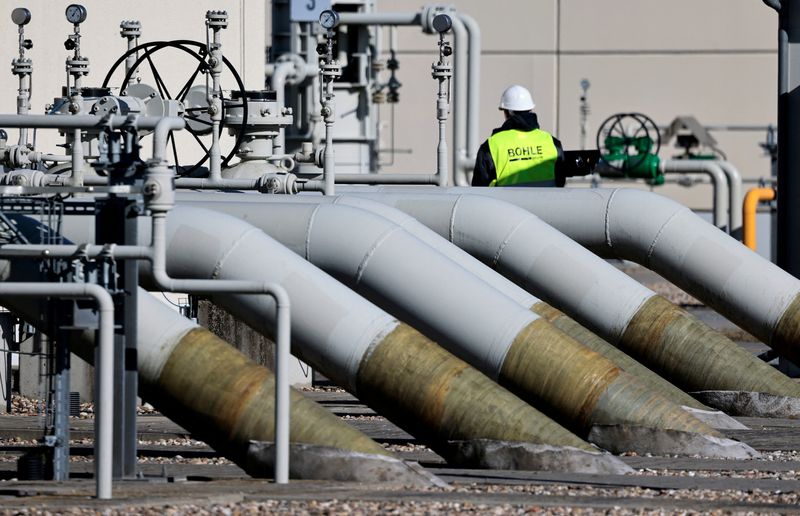Asahi shares mark weekly slide after cyberattack halts production
Investing.com -- Bernstein analysts highlighted the six conditions that historically pushed U.S. natural gas prices below $3 per million cubic feet (mcf), often closer to $2. While most of those drivers are not present today, a few remain relevant and could pressure prices if they gain momentum.
1) The first factor is warm winter weather. In 2012, an unusually mild winter cut residential and commercial heating demand, pulling consumption down by about 3 billion cubic feet per day.
Power demand rose that year, but without a similar weather anomaly, Bernstein expects normal conditions this winter, noting that El Niño events—periodic warming of Pacific Ocean waters that often bring milder winters to the U.S.—are not in the forecast.
2) Second is cheap coal. From 2011 to 2016, falling coal prices eroded gas demand for power generation, helping keep prices depressed. Analysts said cheap coal likely “stole” summer gas demand this year as well, with coal-fired power rising at the expense of gas.
3) Third is Appalachia growth. The basin has historically been a major supply driver, but takeaway constraints mean output can only increase by about 2 billion cubic feet per day through the decade.
Analysts noted that further upside could come later, either with new pipeline capacity or from in-basin demand linked to data center growth.
4) Fourth is associated gas growth. The ratio of gas to oil in key basins continues to rise, but this mostly offsets declines in oil-directed drilling rather than adding large new volumes.
The analysts said a drop in associated gas from reduced oil drilling is “likely modest but still supportive” for balancing the market.
5) Fifth is Haynesville supply. When prices surged between 2021 and 2023, rigs in the basin jumped from about 45 to 70, helping push down prices later.
Rig counts have risen again, though Bernstein believes they remain below the threshold needed for sustained growth.
6) The sixth and last factor is weak liquefied natural gas (LNG) demand. In 2020, feedgas flows to U.S. export plants dropped by up to 5 billion cubic feet per day, pulling Henry Hub below $2.
That scenario looks unlikely today as multiple LNG projects are ramping up, with any global oversupply more likely to be absorbed by price adjustments than export cuts.
Overall, the report concludes that only cheap coal is actively pressuring gas prices now, while Haynesville and associated gas growth could potentially add downward pressure.
